IS039 - Modeling of Coupled Phenomena in Fractured Quasi-Brittle Materials, and Implementation in HPC Environment
Cracks and discontinuities are pivotal in determining the behavior of quasi-brittle materials, including geo-materials, concrete, ceramics, ice, etc. Achieving a comprehensive understanding and accurate modelling of these phenomena remains a significant challenge for engineers and scientists alike.
When subjected to mechanical loads beyond a certain limit, these materials can develop distributed micro-cracks, some of which may eventually merge to form localized macro-cracks. Additionally, degradation can arise from environmental influences. The impact of such environmental factors is particularly crucial because of the interaction effects between reactive transport phenomena in the environment, such as moisture movement, radiation exposure or chemical activity, and mechanical response and cracking. Similarly, the flow of pressurized fluids through the porosity and cracks of the material can instigate crack propagation, leading to significant coupled effects.
To effectively understand and evaluate the various deterioration mechanisms that concurrently affect quasi-brittle materials, complex multi-physics computational models are necessary. These models should encompass mechanical behavior as well as flow, diffusion, reaction, and transport processes, including the inception and propagation of fractures. The development of such models poses several numerical challenges, due to the possible different time and space scale of the processes of interest, and the intrinsic ill-conditioning of the resulting discretized equations. The use of multi-scale models—such as micro or meso-mechanical approaches that explicitly account for the possibly heterogeneous nature of the material—can help simplify the constitutive description, but at the cost of significant computational efforts that often require high-performance computing (HPC) resources.
The present mini-symposium is intended to gather contributions and advances on modelling coupled phenomena in quasi-brittle fractured materials, including both theoretical and numerical issues. Classical models based on a continuum or a discrete approach, as well as more recent techniques such as XFEM, EDFM, phase field, etc., their solvers and implementation in an HPC environment, are welcome.

